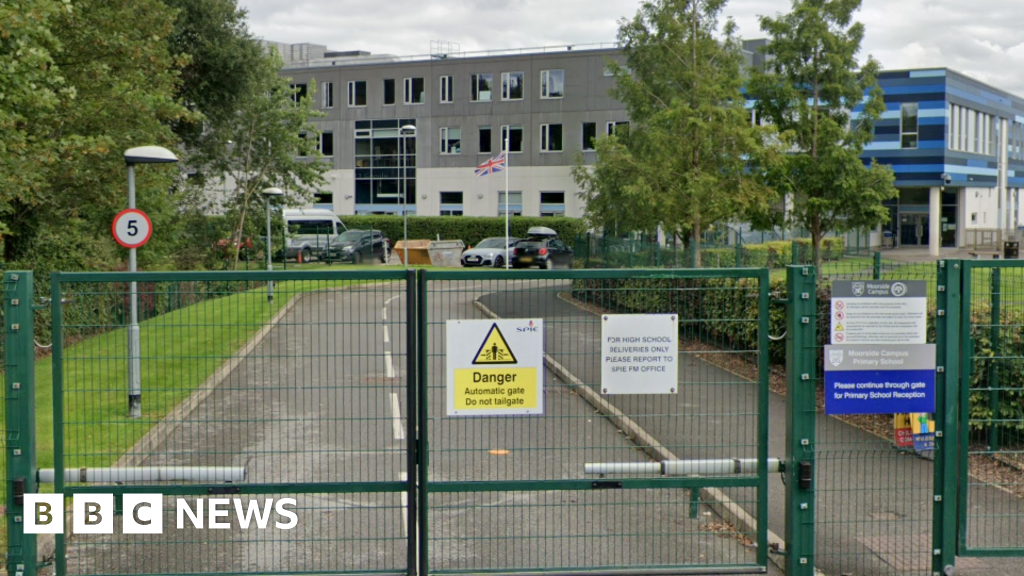Scientists have developed a new system that turns Android smartphones into real-time earthquake detectors, potentially creating a faster way to warn people before a major tremor hits.
The system, developed by researchers at Google, the US Geological Survey (USGS) among others, uses data from millions of phones to identify the earliest shaking signals from an earthquake.
When a cluster of devices registers the same ground movement, the system flags it and sends alerts to others in nearby areas.
The study, published in Science, found the network detected more than 300 earthquakes a month. In areas where alerts were sent, 85 per cent of people who later reported feeling the earthquake said they had received the alert. Of those, 36 per cent received it before the shaking began, 28 per cent during, and 23 per cent after.
While the system does not replace traditional seismic sensors, it could offer a scalable, low-cost early warning tool for regions without dense scientific networks, the study says. The authors said it was especially promising for developing countries where smartphones are common but seismometers are rare.
In a statement, Google said the system could give people “a few precious seconds of warning before the shaking starts”.
“Those seconds can be enough time to get off a ladder, move away from dangerous objects and take cover.”
The alerts rely on detecting fast-moving P-waves, which precede the more destructive S-waves during an earthquake. If enough phones detect the P-waves, the system sends warnings to users who may be seconds away from feeling shaking. These seconds can be enough to duck for cover, stop surgery or pause critical infrastructure.
The Android Earthquake Alerts System, which began rolling out in 2020, now operates in several countries including the United States, Japan, Greece, Turkey and Indonesia. It is built directly into the Android operating system and does not require users to download a separate app.
.png)
While the accuracy is not as high as scientific sensors, the researchers found that alerts from smartphones worked best in urban areas with high phone density and reliable data connections. In rural areas, coverage is more sparse and detection slower.
The study builds on earlier crowdsourced earthquake initiatives like the MyShake app but benefits from being embedded natively on millions of devices.
“We believe crowdsourced systems will become increasingly important,” the authors wrote. “By combining traditional sensors with data from personal devices, it is possible to build more resilient, inclusive early warning systems.”




